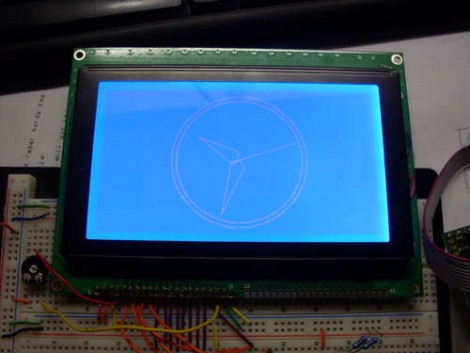[Scott Cramer] is a retired professional woodworker who specializes in geometric art made from beautifully joined wood. In this project he’s carving four interlocked cloverleaf rings from a block of basswood. First he made a series of cuts to turn the block into a cuboctahedron, a geometric solid comprising six squares and eight triangles. Then he drew on the basic lines of the rings on the wood and went to work with a chisel, smoothing and separating the rings and carving out the interior. You can see more shots of the project on his Facebook post, which is included after the break.
To see more of [Scott]’s projects you can follow his Twitter feed. Our favorites include this 70″ pentagonal icosatetrahedron built out of hemlock that [Scott] says is the “largest in Coös County, NH” — what, there are others? He also made a magogany representation of a Hamiltonian circuit of a dodecahedron’s vertices.
We love math art on Hackaday — see our interview with Francisco do Comité we ran earlier this year.

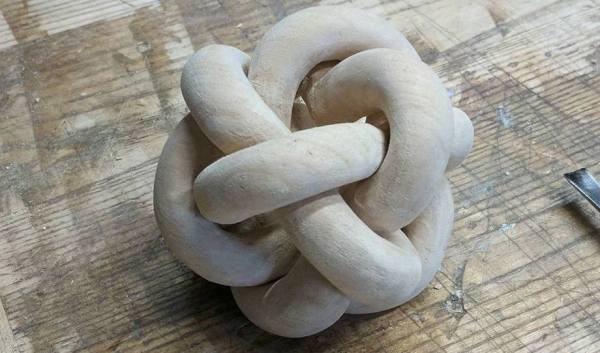
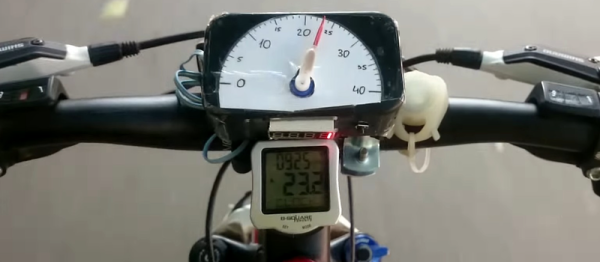
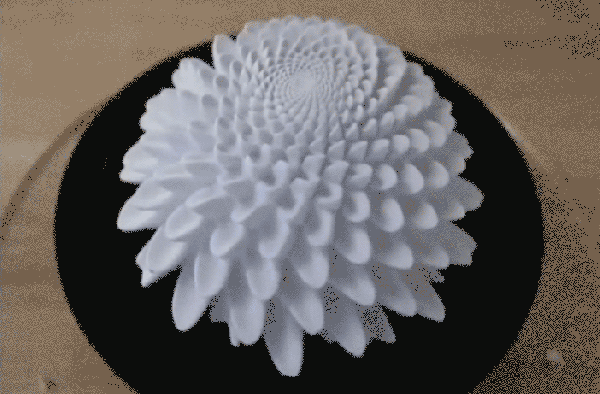
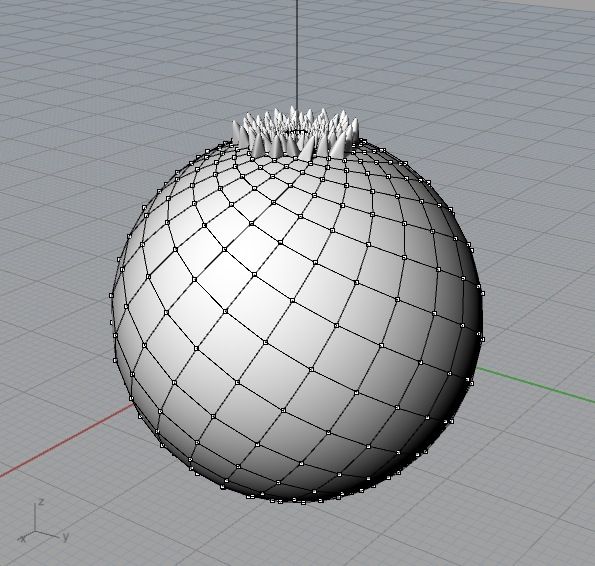 [John] modeled several 3D sculptures in Rhino containing similar geometric properties to those found in pinecones and palm tree fronds. As the segments grow from those objects in nature, they do so in approximately 137.5 degree intervals. This spacing produces a particular spiral appearance which [John] was aiming to recreate. To do so, he used a Python script which calculated a web of quads stretched over the surface of a sphere. From each of the divisions, stalk-like protrusions extend from the top center outward. Once these figures were 3D printed, they were mounted one at a time to the center of a spinning base and set to rotate at 550 RPM. A camera then films the shape as it’s in motion at a 1/2000 sec frame rate which captures stills of the object in just the right set of positions to produce the illusion that the tendrils are blooming from the top and pouring down the sides. The same effect could also be achieved with a strobe light instead of a camera.
[John] modeled several 3D sculptures in Rhino containing similar geometric properties to those found in pinecones and palm tree fronds. As the segments grow from those objects in nature, they do so in approximately 137.5 degree intervals. This spacing produces a particular spiral appearance which [John] was aiming to recreate. To do so, he used a Python script which calculated a web of quads stretched over the surface of a sphere. From each of the divisions, stalk-like protrusions extend from the top center outward. Once these figures were 3D printed, they were mounted one at a time to the center of a spinning base and set to rotate at 550 RPM. A camera then films the shape as it’s in motion at a 1/2000 sec frame rate which captures stills of the object in just the right set of positions to produce the illusion that the tendrils are blooming from the top and pouring down the sides. The same effect could also be achieved with a strobe light instead of a camera.